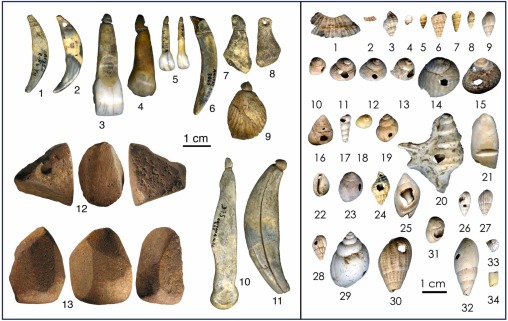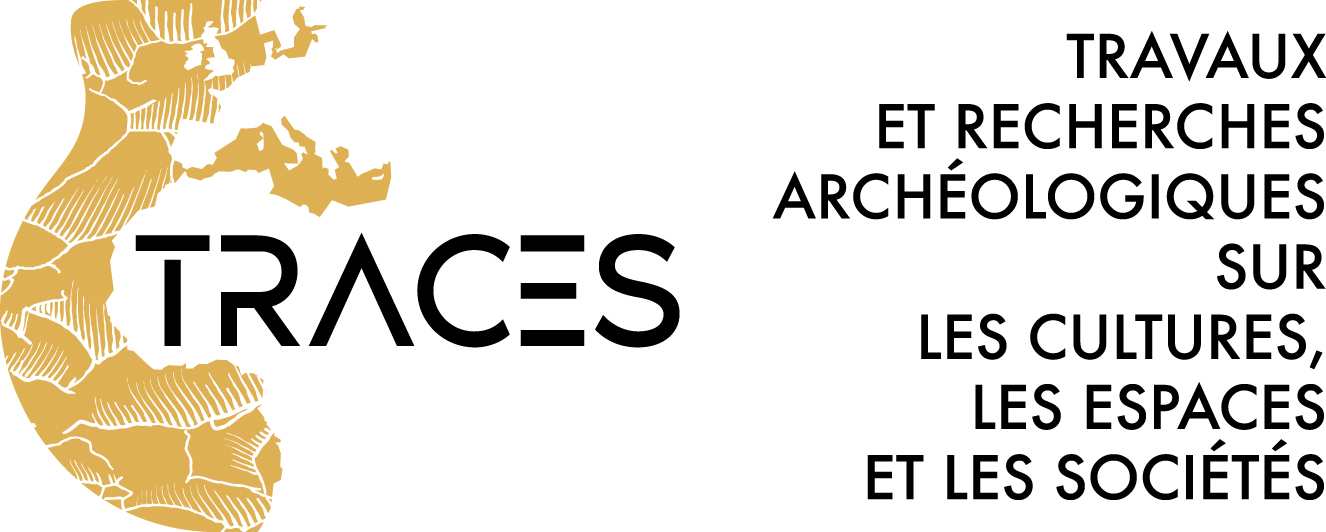-
Partager cette page
A Data-Driven Paradigm Shift for the Middle-to-Upper Palaeolithic Transition and the Neandertal Debate

Un article de J. Zilhao, F. d’Errico, W. E. Banks, N. Teyssandier
Un article de J. Zilhao, F. d’Errico, W. E. Banks, N. Teyssandier, paru dans Quaternary Environments and Humans.Based on morphologically undiagnostic human remains from the southern Balkans and central Europe, it has been argued that the Bachokirian and Ranisian industries stand for modern humans, have roots in the IUP (Initial Upper Palaeolithic) of the Near East, and emerge ~45,000 years ago. Coevally, Siberia and Central Asia would also have been reached by IUP moderns and, in the process, Western Europe’s Neandertals would have been acculturated, explaining the innovations (namely, body ornamentation) seen in the Châtelperronian. However, current usage of the IUP label confuses terminology and conceals issues of association raised by syn- and post-depositional disturbance, genomic patterns do not correlate with skeletal morphology, and the people of the Bachokirian and the Ranisian had Neandertal ancestors who lived many centuries after those technocomplexes’ start dates, as did a Neandertal from Spy (Belgium), a site of the Ranisian. Moreover, the stratigraphic provenience and taxonomic affinity of the fossils associated with the Uluzzian, the Protoaurignacian, and the Ahmarian are uncertain. The former is coeval with the Châtelperronian, the latter two emerge no earlier than ~41,500 years ago, and the sufficiently complete fossils of broadly the same age are of mosaic anatomy and mixed ancestry. For western Eurasia, our review supports the Assimilation model, whereby ten millennia of converging cultural developments and increased demic interaction bridge the initial (Neandertal) and final (Cro-Magnon) terms of a complex evolutionary and historical process. Throughout, the observed diversity cannot be reduced to a taxonomic dichotomy. As human biology varied in a continuous space and material culture varied in a discrete space, no one-to-one correspondence between the two domains can exist. Advancing our understanding of the Middle-to-Upper Palaeolithic transition requires abandoning outdated frameworks and fully embracing the taphonomic perspective and the potential of genetics to approach the evidence in terms of communities, populations, and short-term history.
crédit image : d'après Caron et al. (2011) and Bertola et al. (2013), modifié.






